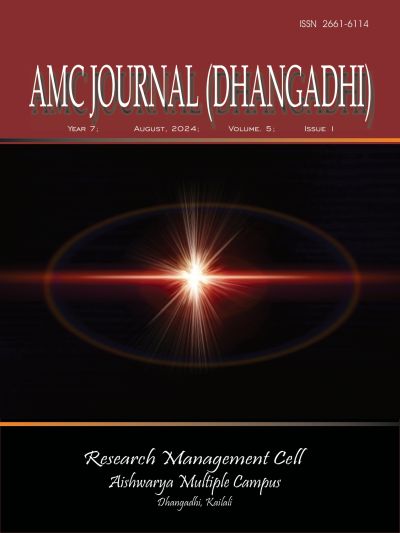Opportunities and Challenges of Adopting Artificial Intelligence in Learning and Teaching in Higher Education
DOI:
https://doi.org/10.3126/amcjd.v5i1.69123Keywords:
Training and Support & Ethical Concerns, Administrative Efficiency, Technological SpecificationAbstract
The potential of artificial intelligence integration in higher education shows huge transformative change in learning and teaching practices. This exploratory and descriptive study investigates the opportunities and challenges of AI adoption in higher education, drawing on insights from a diverse sample of 78 students, facultys, and administrators. A well-structured questionnaire and observation tools were used to collect the primary data, and Holmes (2019)’s theoretical notions on AI have largely been used to conduct this mixed-method study. The analysis shows strong agreement regarding rewards that are positive and related to the use of AI in improving learning in a personalized way, making it more engaging and interactive, reducing administrative load, and providing timely feedback and support. however, points out serious barriers: the challenge of data security and privacy, gaps in technological infrastructure, massive training and support needs, ethical concerns, resistance or reluctance to change, and third, a need for training. These findings further called for strategies to be designed to address these barriers by insisting on solid data protection and scalable technological infrastructures, continuous training, and ethical guidance. Only in this way will the higher education institution successfully bring about the required integration of AI, hence improving the quality and access to education.




